Mirrors are more than just reflective surfaces for checking your appearance.
They play a significant role in interior design.
Used strategically, mirrors can transform a room, making it appear larger and brighter. They can also serve as statement pieces, adding a touch of elegance or modernity to your space.
But is it okay to put a mirror in every room?
This article aims to answer that question, exploring the benefits and potential drawbacks of having mirrors in every room. We'll also delve into innovative mirror options, such as wall mirrors with LED lights and LED wall mirror bathrooms.
The Role of Mirrors in Interior Design
Mirrors have been used in interior design for centuries, serving both practical and aesthetic purposes.
They can enhance natural light, create an illusion of space, and add a decorative touch to any room. From entryways to bathrooms, mirrors can elevate the ambiance and functionality of your living spaces.
Benefits of Having Mirrors in Every Room
Mirrors are more than just reflective surfaces. They offer numerous benefits when used in home decor.
Enhancing Light and Space
One of the primary advantages of mirrors is their ability to make a room appear larger. They reflect light, creating an illusion of depth and openness. This is particularly beneficial in smaller rooms or areas with limited natural light.
Aesthetic Appeal
Mirrors can also serve as decorative elements. With a variety of shapes, sizes, and frames available, they can complement any interior style. Whether you prefer a minimalist, modern look or a more traditional, ornate style, there's a mirror to match your aesthetic.
Functionality
Beyond aesthetics, mirrors are highly functional. In bathrooms and bedrooms, they're essential for grooming and dressing. In the kitchen, a mirrored backsplash can protect walls and add depth. Even in a home office, a strategically placed mirror can help brighten the space, potentially boosting productivity.
Incorporating mirrors into your home decor can significantly enhance both the look and functionality of your space.
Best Practices for Mirror Placement
When it comes to placing mirrors, there are a few key considerations to keep in mind. The location and orientation of your mirror can greatly impact its effectiveness and the overall ambiance of the room.
Firstly, mirrors should be positioned to reflect natural light and beautiful views, not clutter or less appealing areas of the room. For instance, placing a mirror opposite a window can enhance the amount of light in the room and provide a lovely reflection of the outdoors.
Secondly, avoid placing mirrors directly across from each other. This can create a disorienting infinity mirror effect. Also, in bedrooms, some believe it's best not to place mirrors facing the bed directly.
With thoughtful placement, mirrors can truly elevate the aesthetics and functionality of your space.
Room-by-Room Guide to Using Mirrors
Let's explore how mirrors can be used effectively in different rooms of your home.
Entryway and Hallway
Mirrors in the entryway create a welcoming ambiance. They can also make a narrow hallway appear wider and more open. A large, decorative mirror can serve as a focal point in these areas.
Living Room
In the living room, a mirror can serve as a statement piece. It can be used to highlight a room's focal point or a beautiful view. Remember to avoid placing mirrors where they reflect clutter or unappealing areas.
Dining Room
In the dining room, mirrors can elevate the sense of occasion. A mirror reflecting a beautifully set table can enhance the dining experience.
Bedroom
Bedroom mirrors should be placed thoughtfully to maintain a restful environment. Full-length mirrors are useful in bedrooms and dressing areas. Avoid placing mirrors where they directly face the bed.
Bathroom
Bathroom mirrors are essential for daily grooming routines. LED wall mirrors add modernity and functionality. They often come with features like dimming capabilities and color temperature changes.
Kitchen and Home Office
Kitchen mirrors can add depth when used as a backsplash. In the home office, mirrors can help brighten the space and increase productivity. Consider the impact of mirror glare when placing them near computer screens.
Innovative Mirror Options for Modern Homes

In the world of interior design, mirrors have evolved beyond simple reflective surfaces. Today, they come with innovative features that combine functionality with modern design.
Wall Mirror with LED Lights
Wall mirrors with LED lights serve as additional lighting sources. They are energy-efficient and have a longer lifespan than traditional bulbs. These mirrors often come with features like dimming capabilities and color temperature changes.
LED Wall Mirror Bathroom
LED wall mirrors for bathrooms add a touch of modernity. They offer practical benefits like better lighting for grooming routines. Some even come with smart features like touch controls, making them a great addition to any contemporary bathroom.You can get the best in the market from wellfor.com
Considerations and Potential Drawbacks
While mirrors can enhance a room's aesthetics and functionality, overuse can lead to drawbacks. For instance, mirrors reflecting clutter or unappealing areas can detract from a room's overall appeal.
Moreover, mirror glare can be an issue when placed near TVs or computer screens. It's also important to consider the psychological effects of mirrors, as they can increase self-awareness and openness, which may not always be desirable. Therefore, thoughtful placement and balance with other decorative elements are crucial.
Final Thoughts: Balancing Aesthetics and Functionality
In conclusion, mirrors can be a valuable addition to every room in your home, offering both aesthetic and functional benefits. However, it's essential to balance these aspects, considering the room's purpose, decor, and the mirror's placement. With thoughtful design choices, mirrors can truly enhance your living spaces.


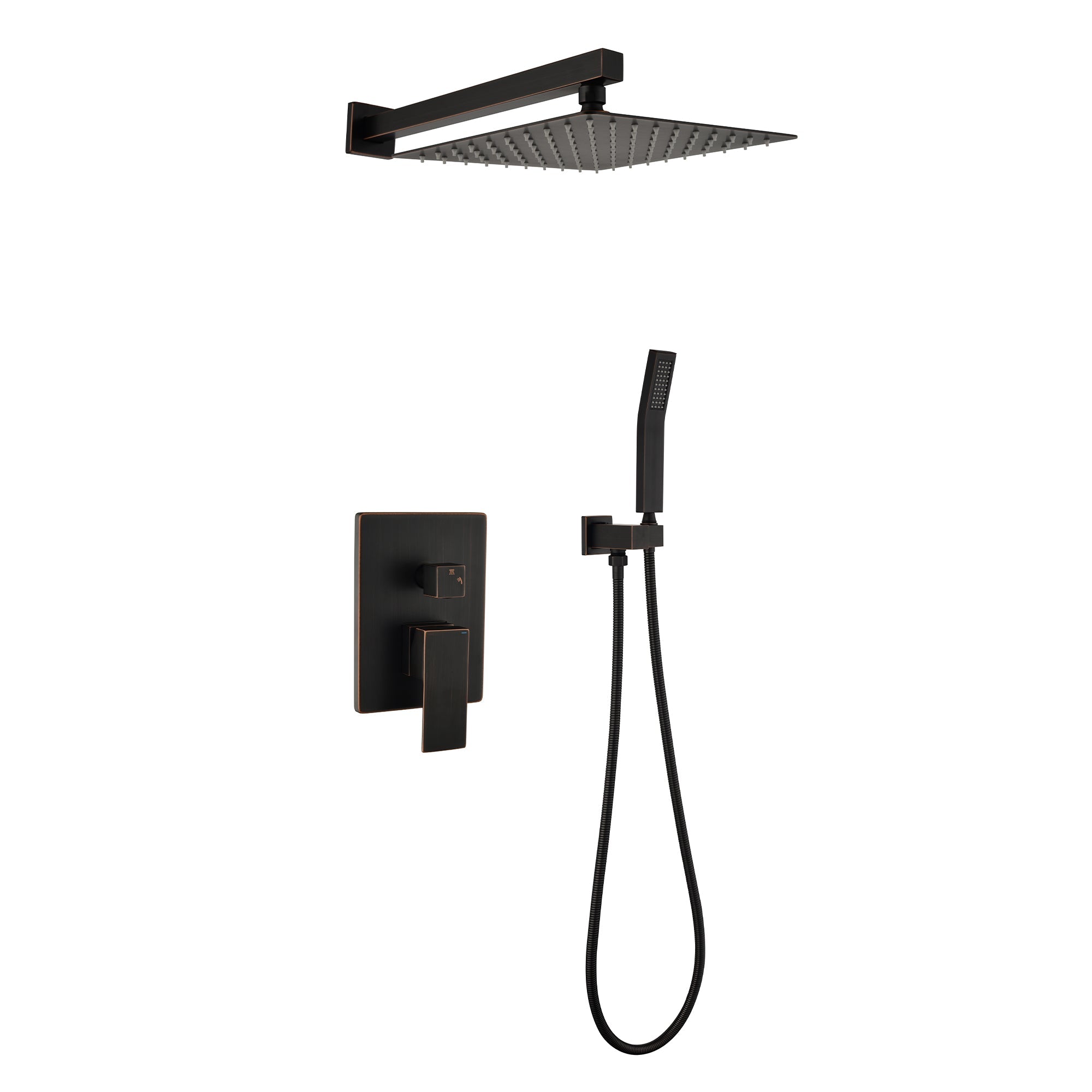




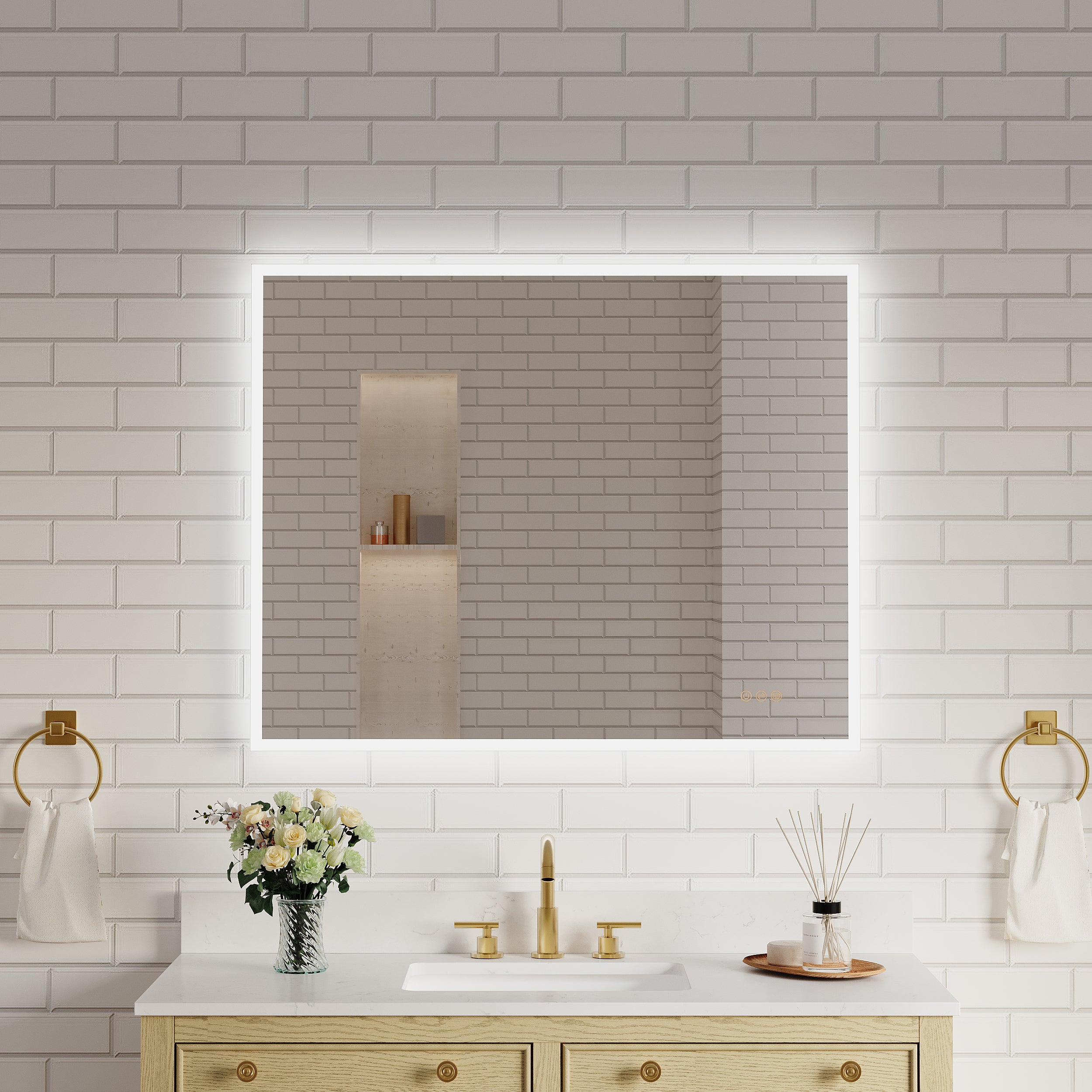
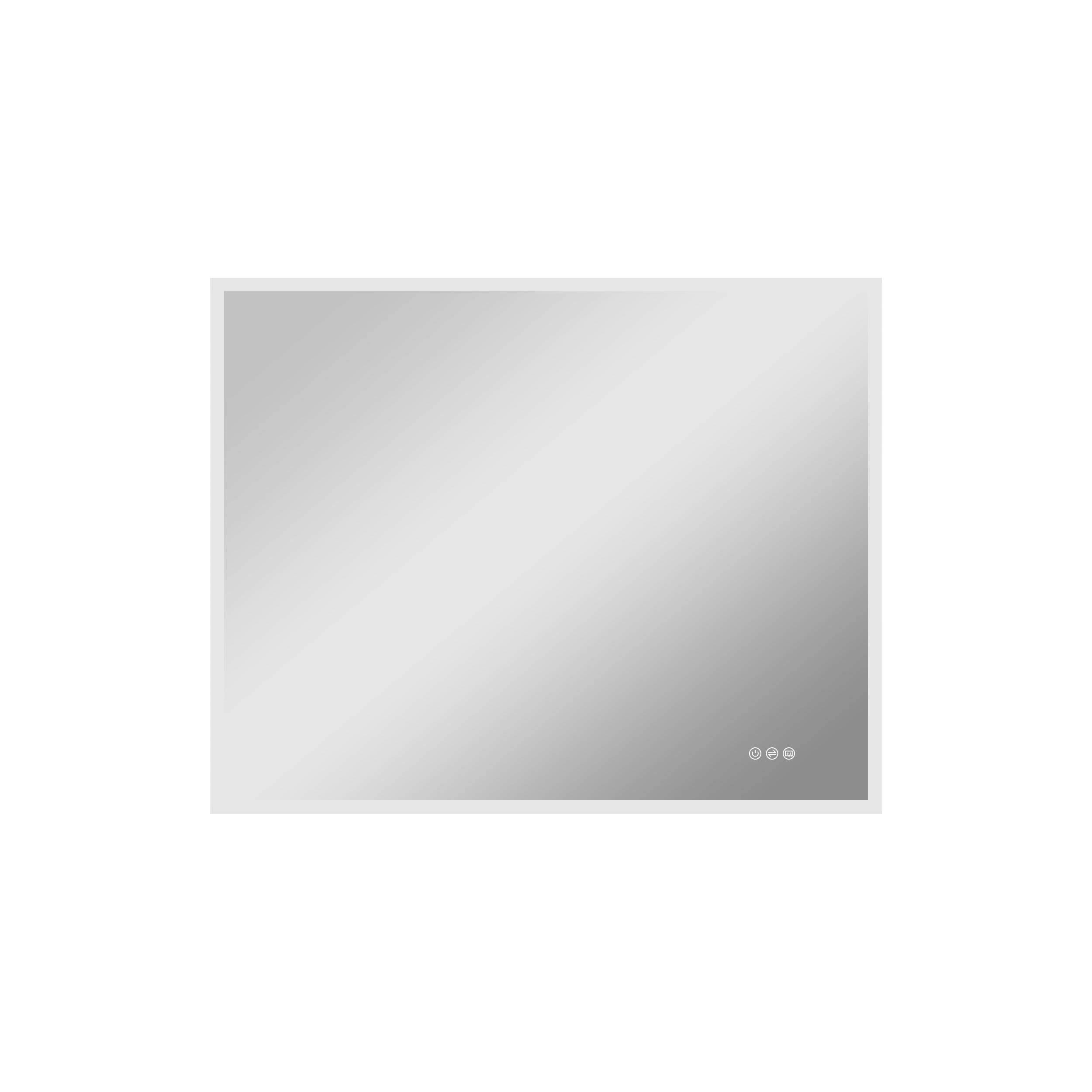

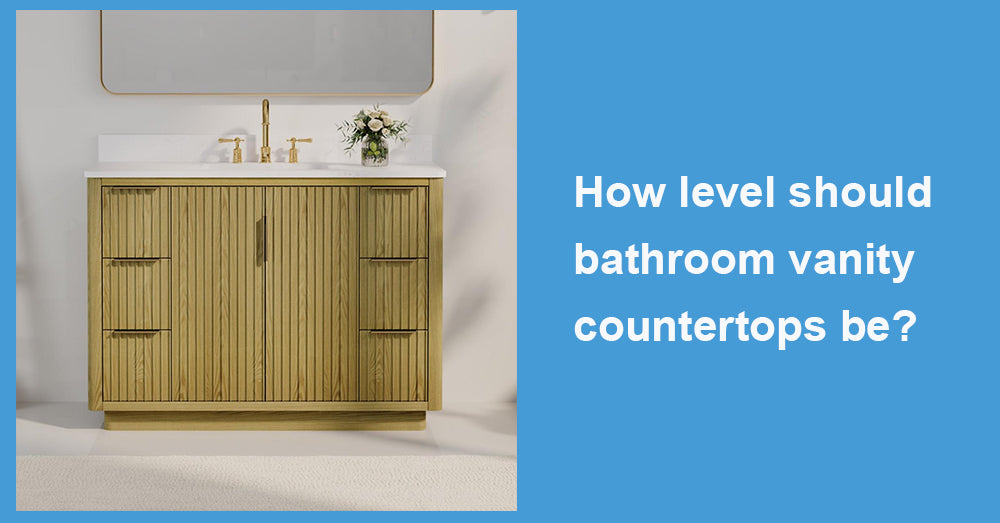


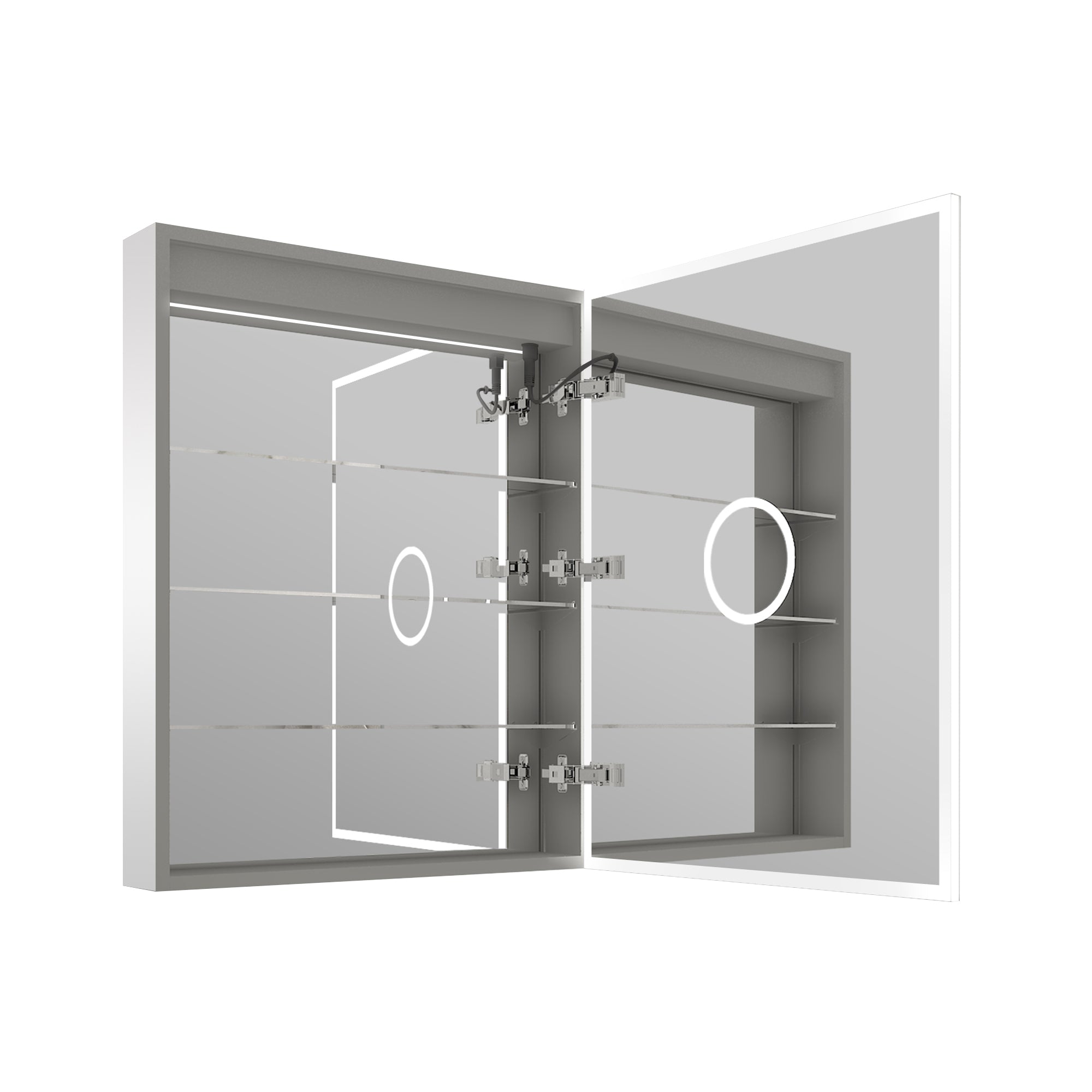
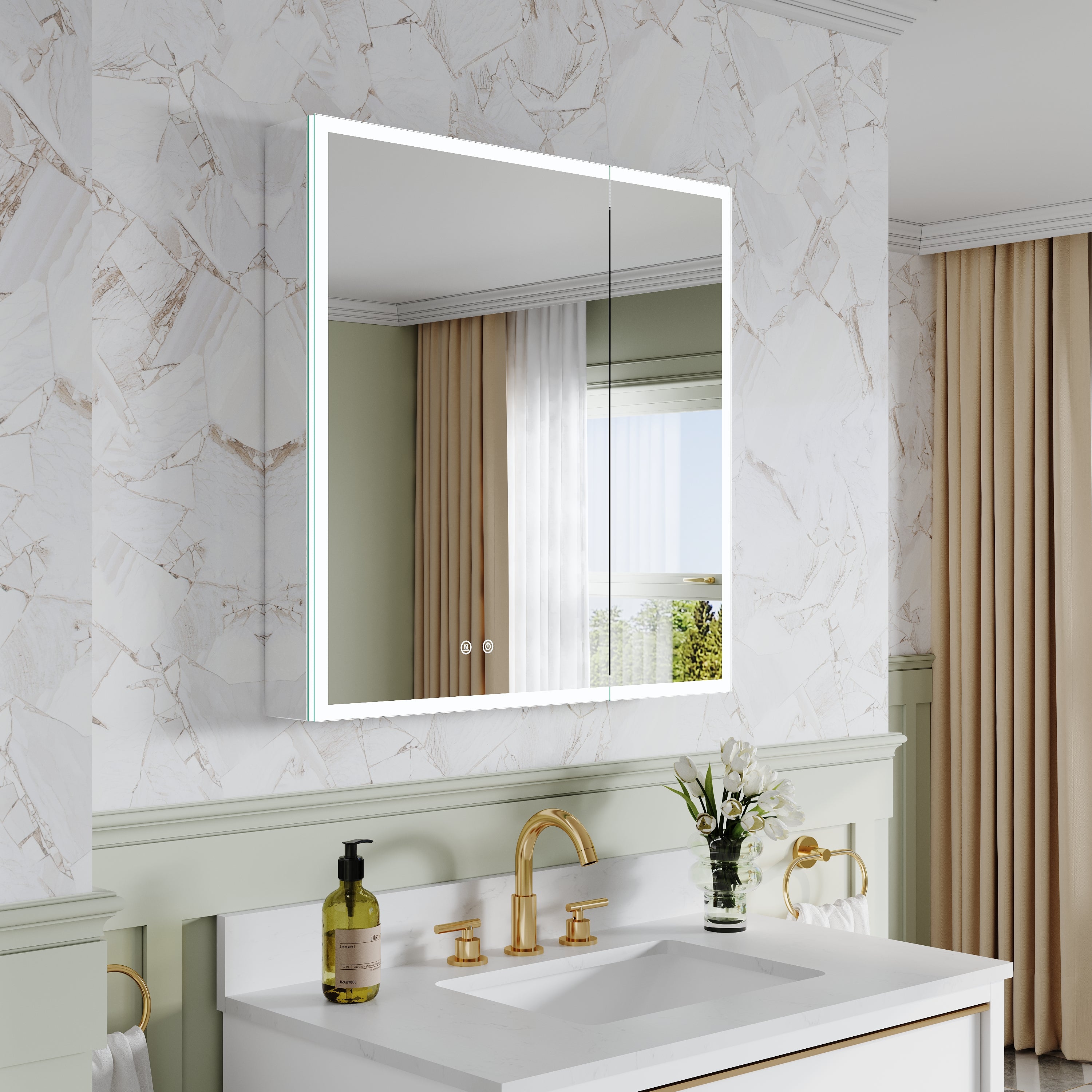



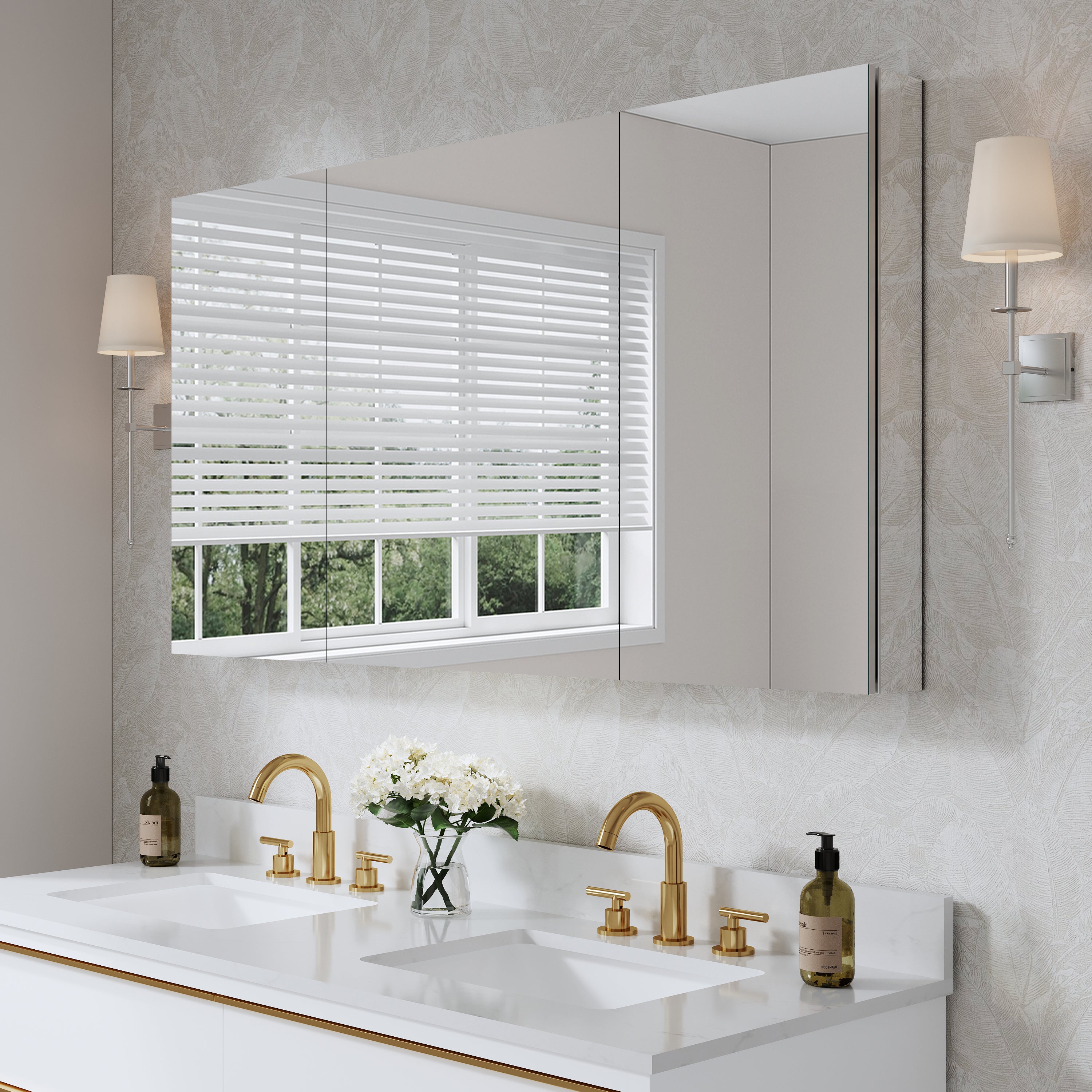



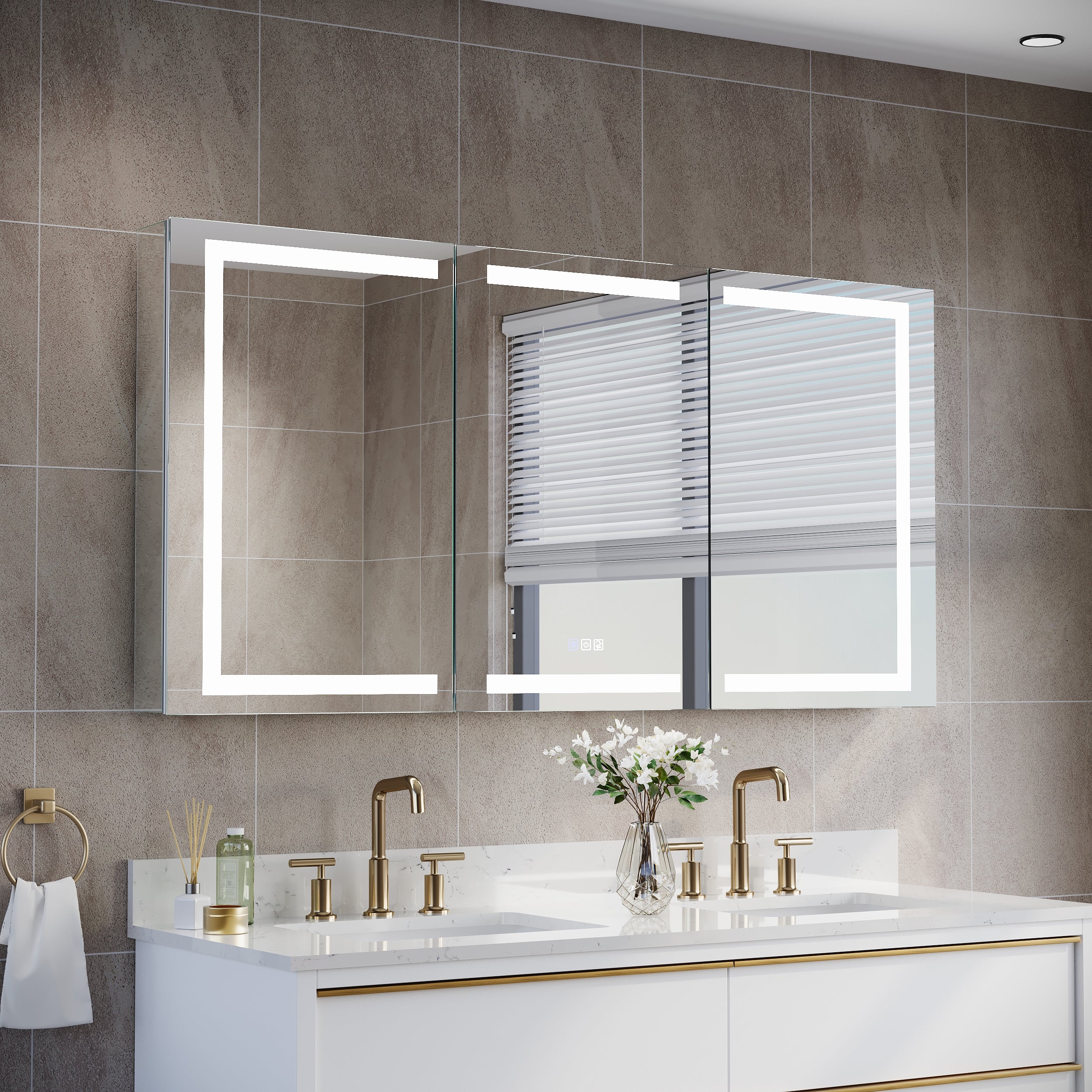



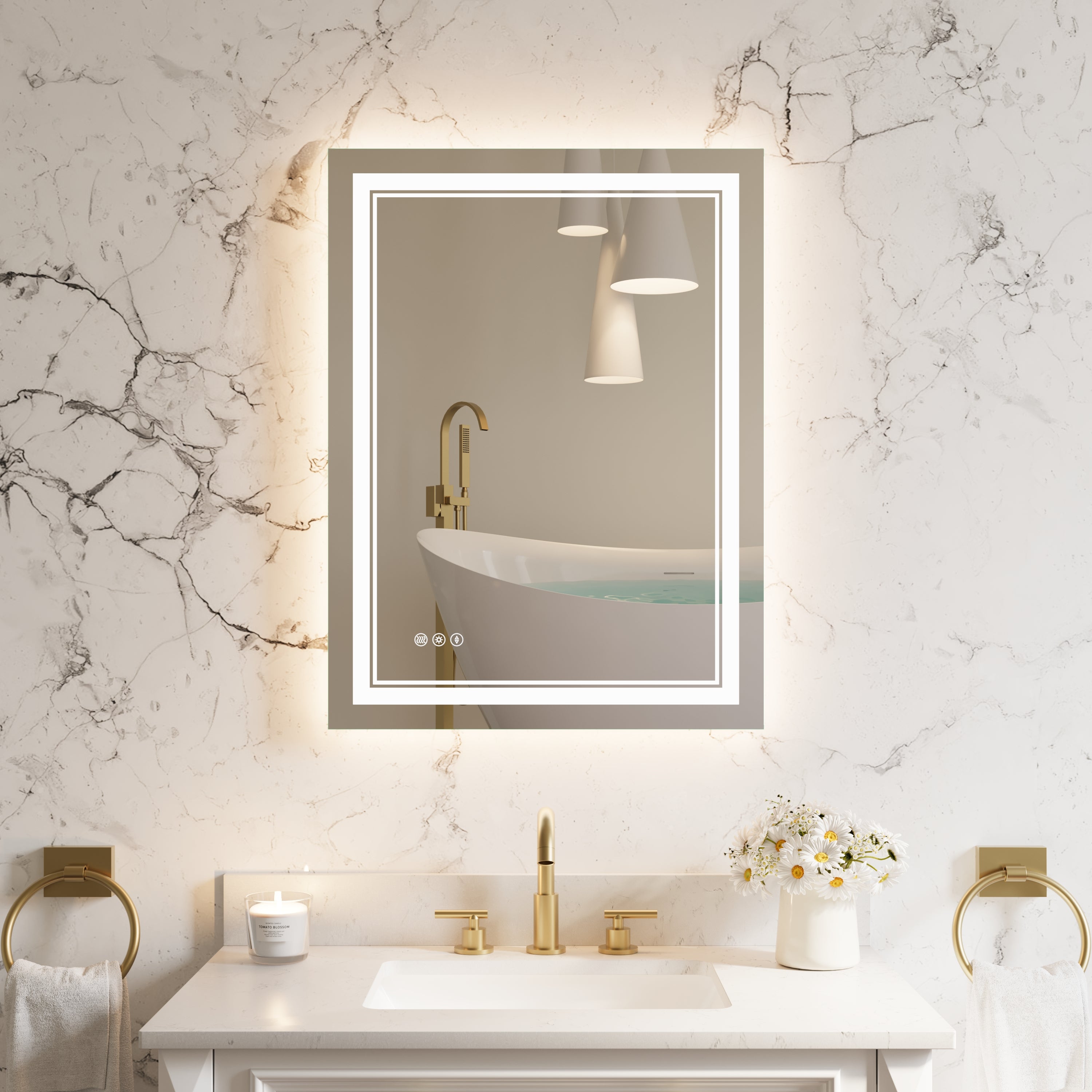








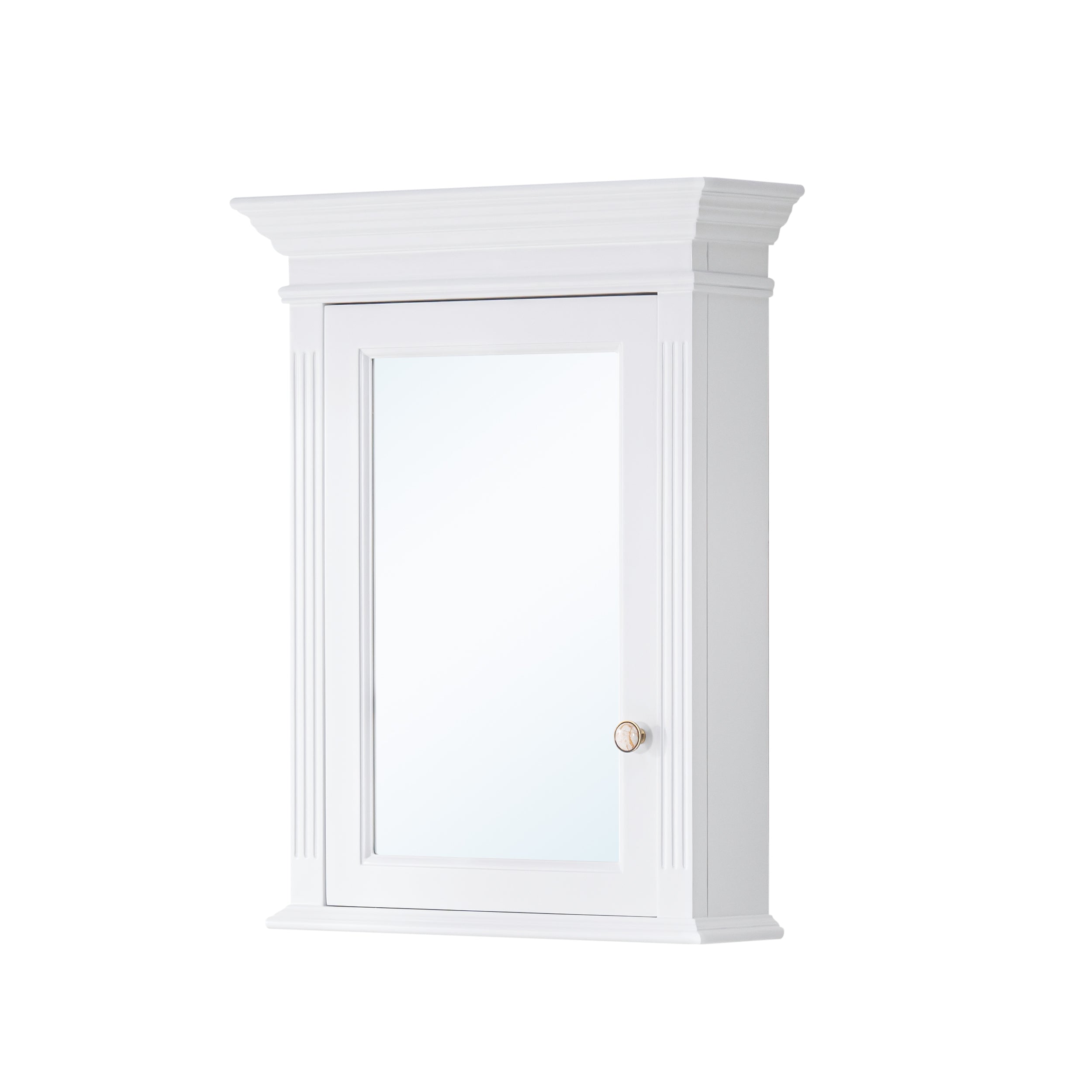
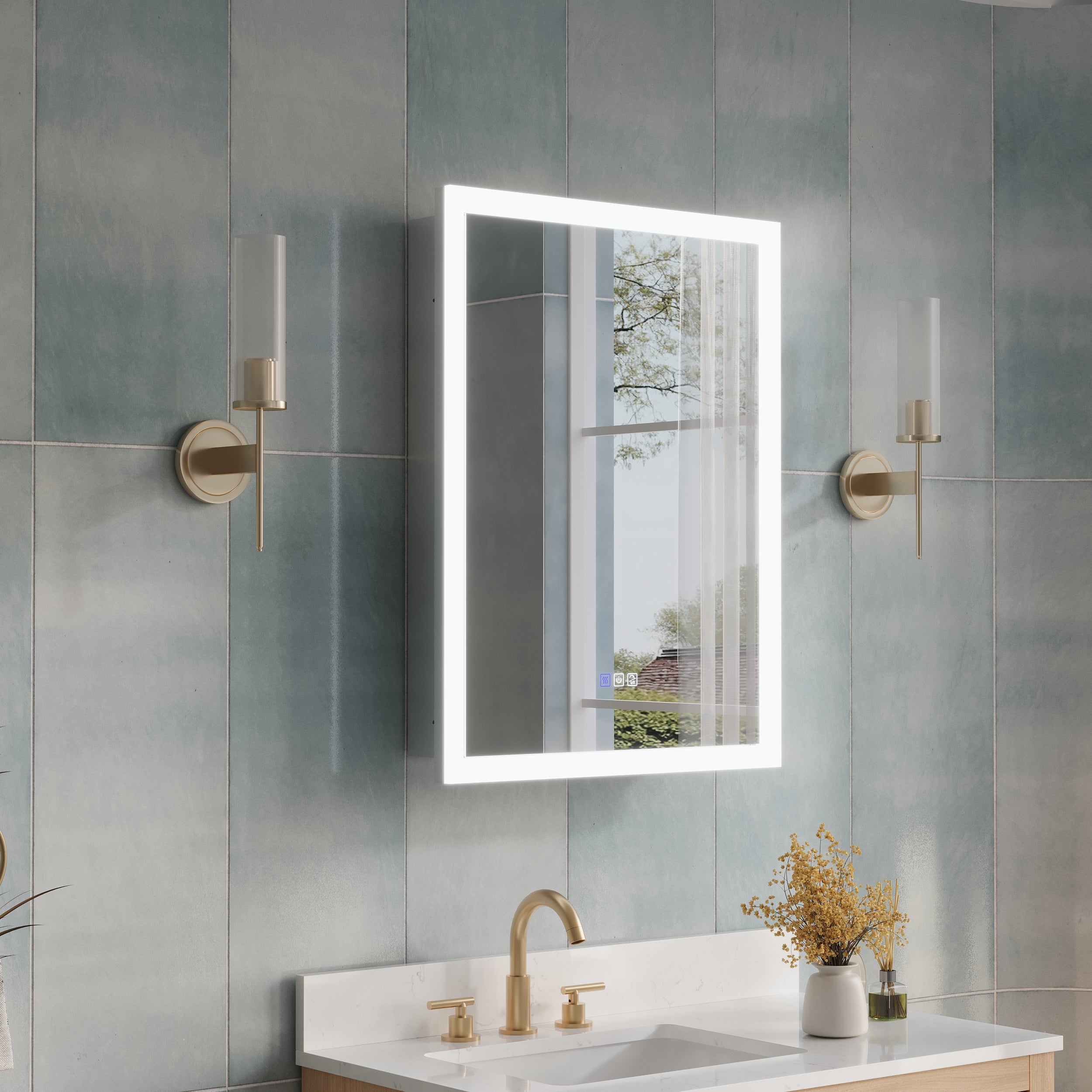
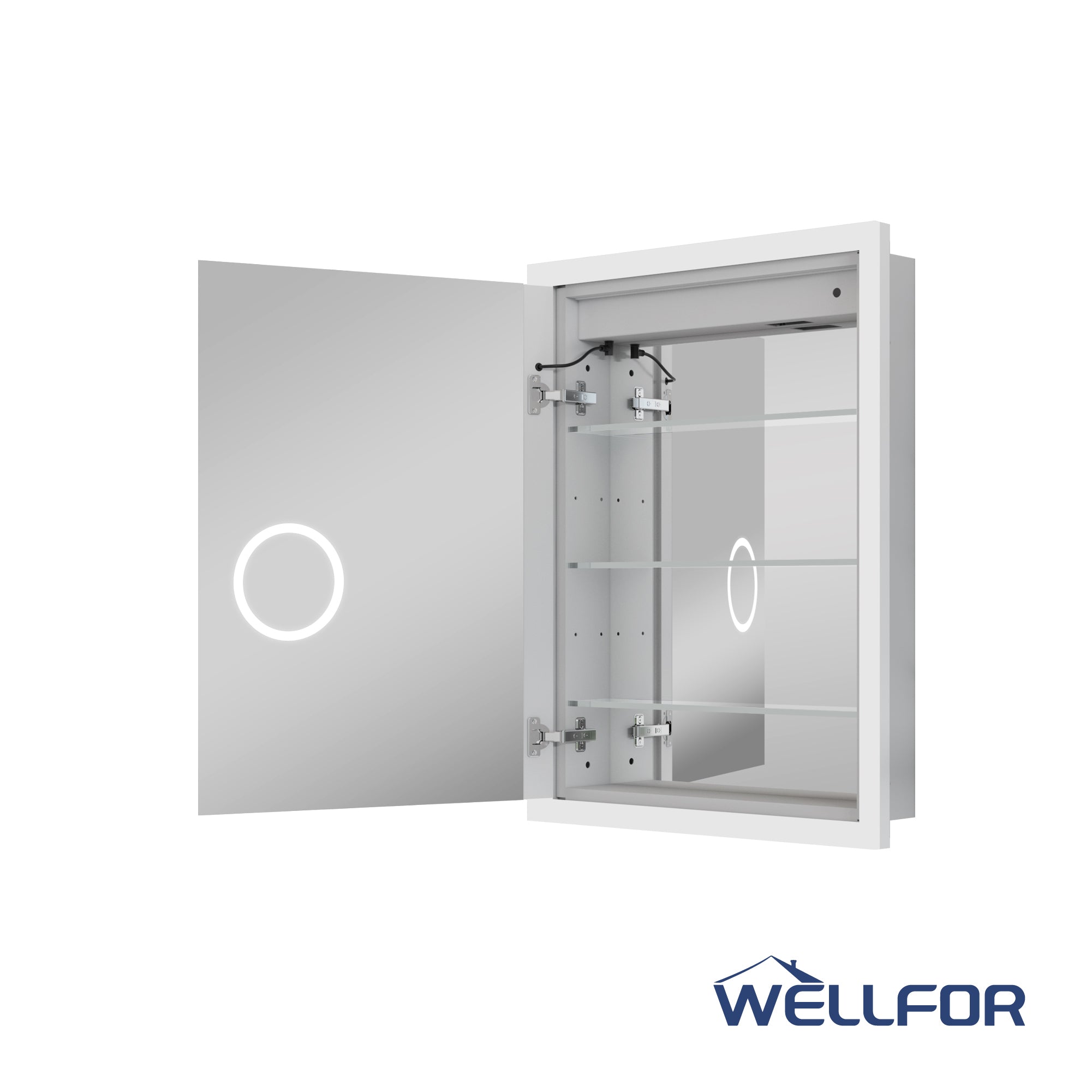
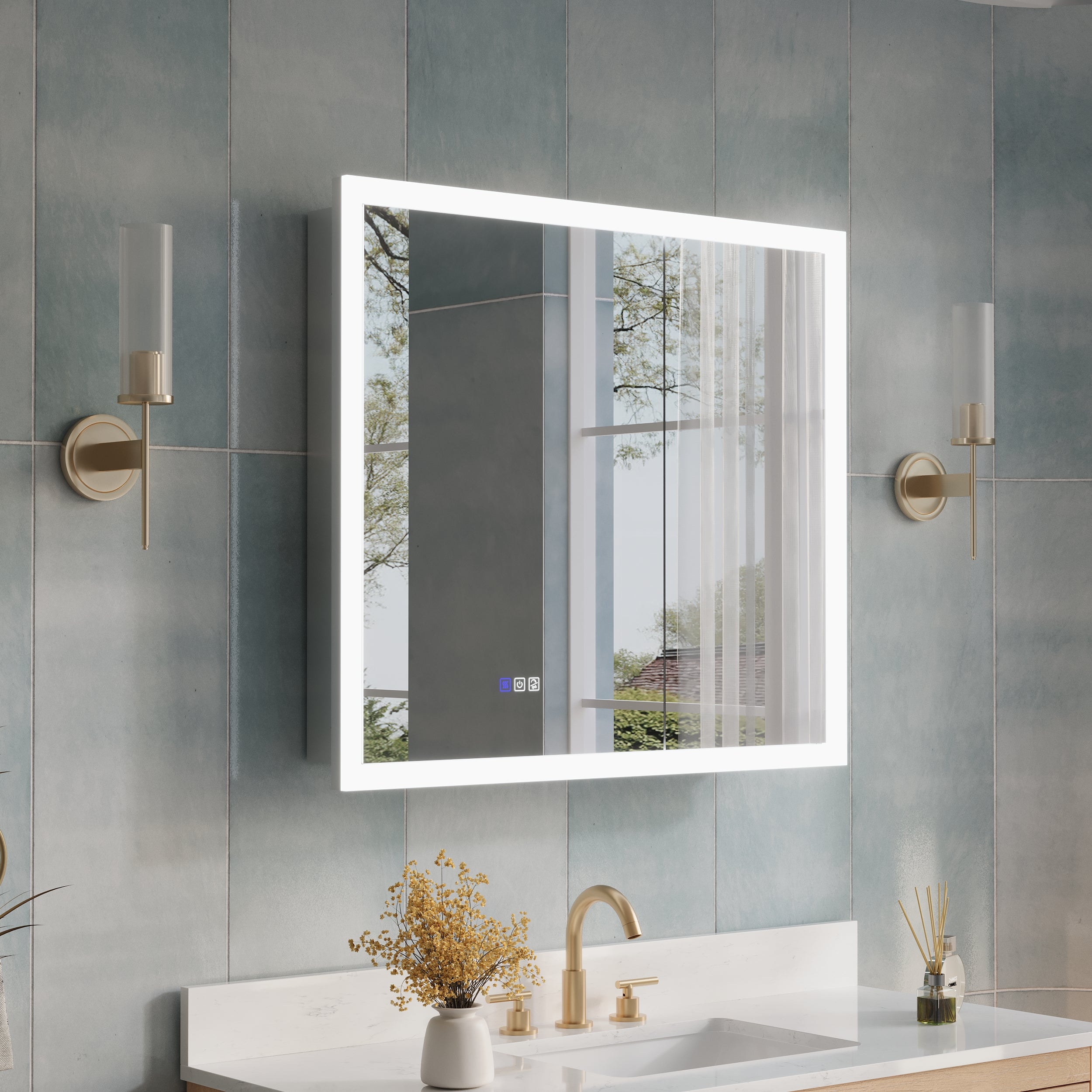
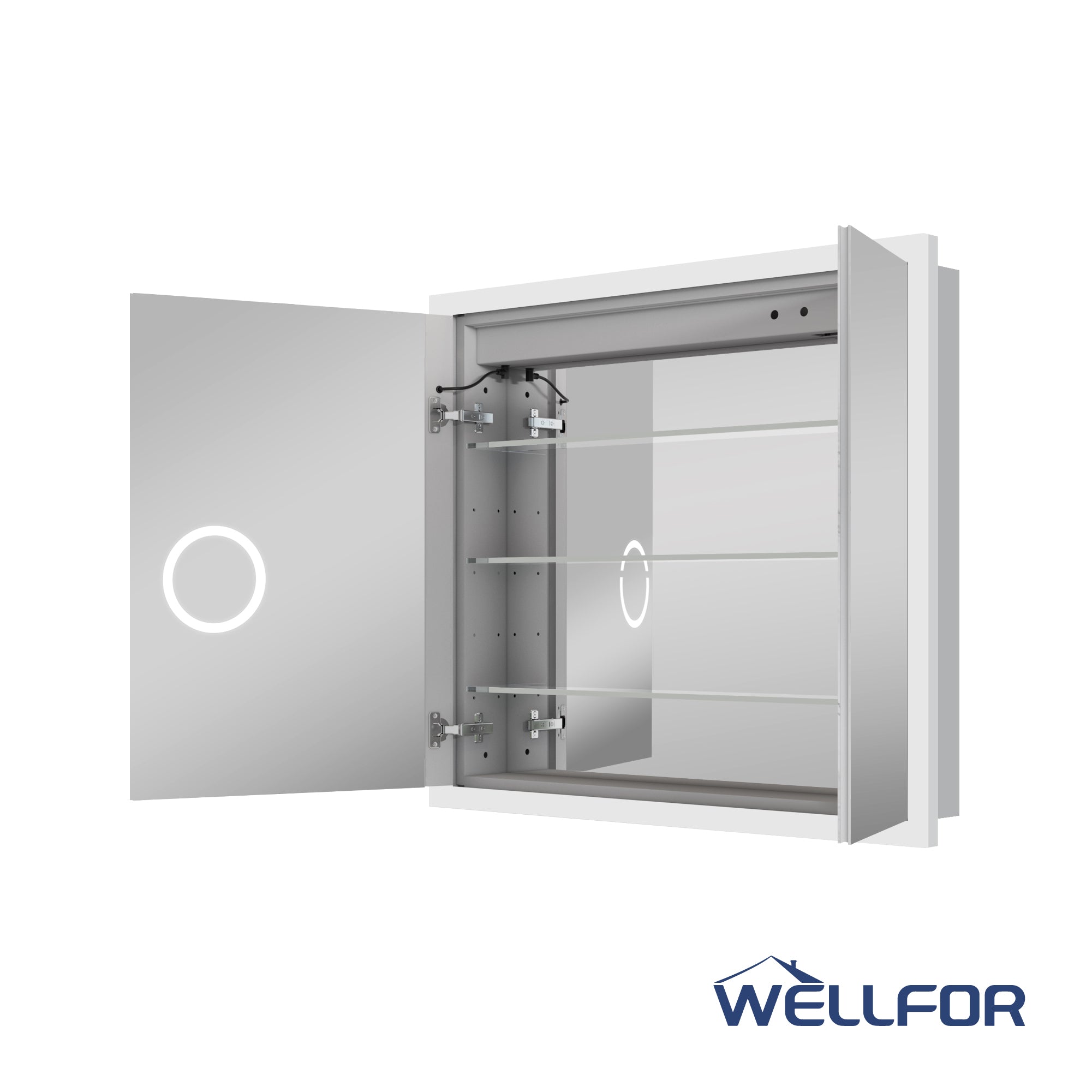


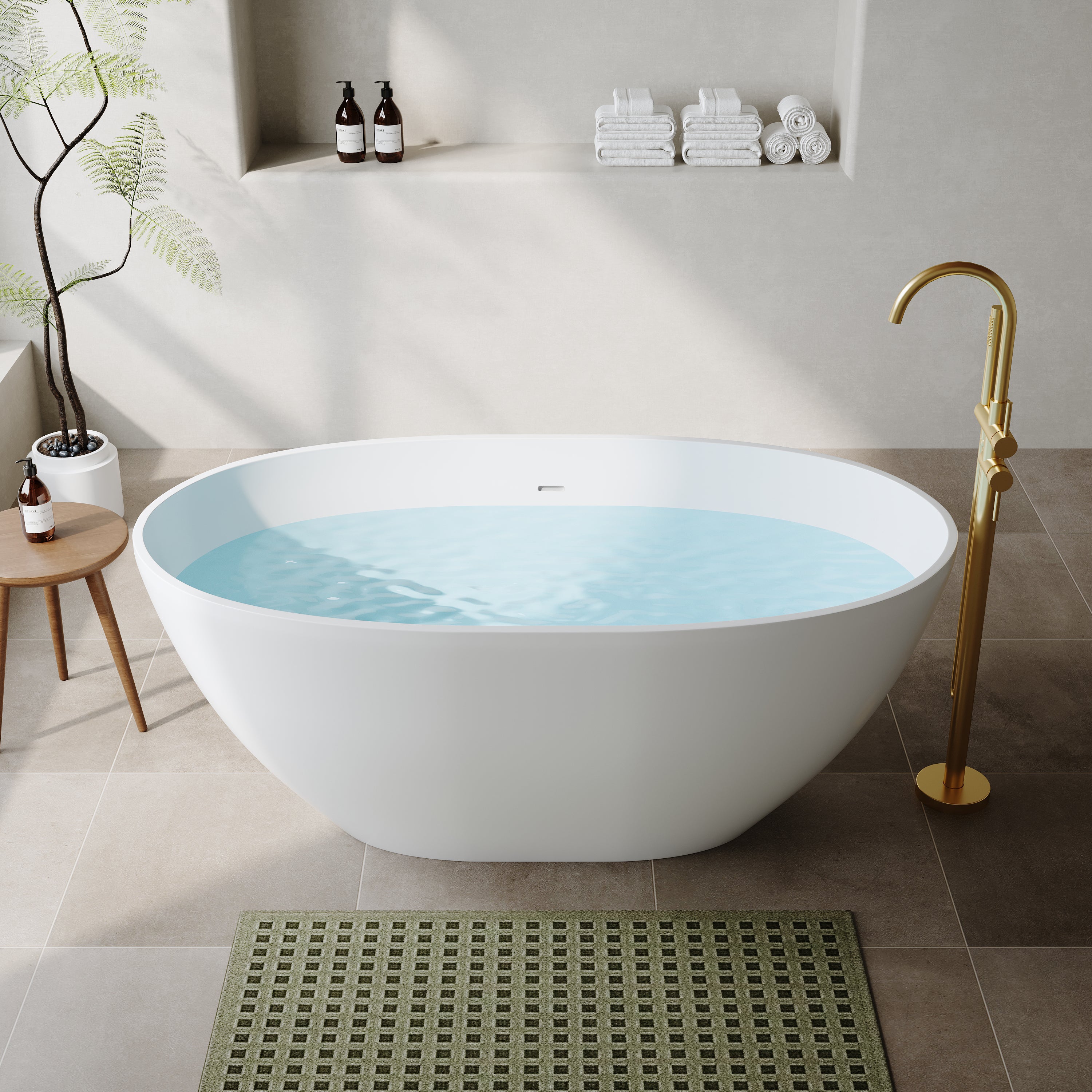


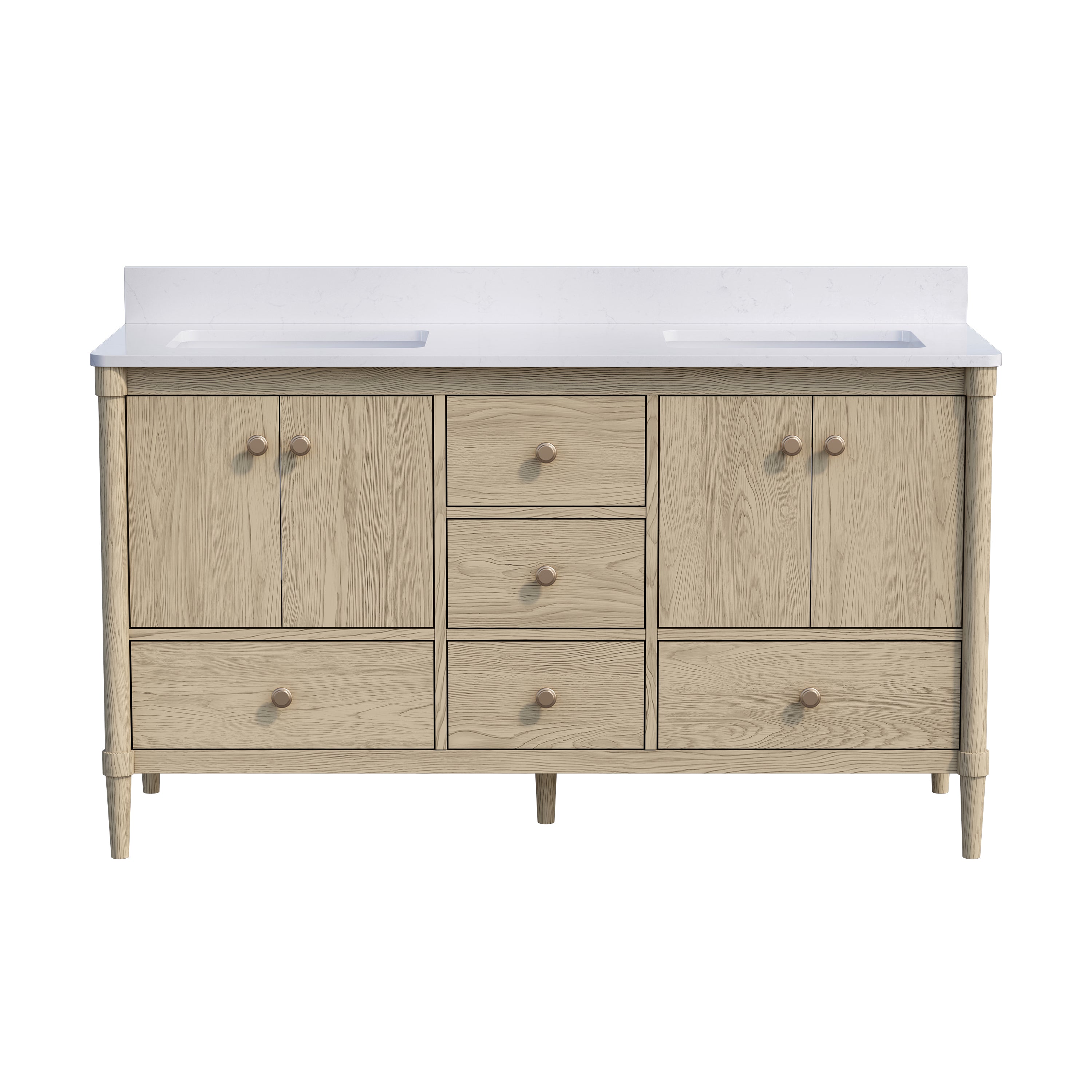
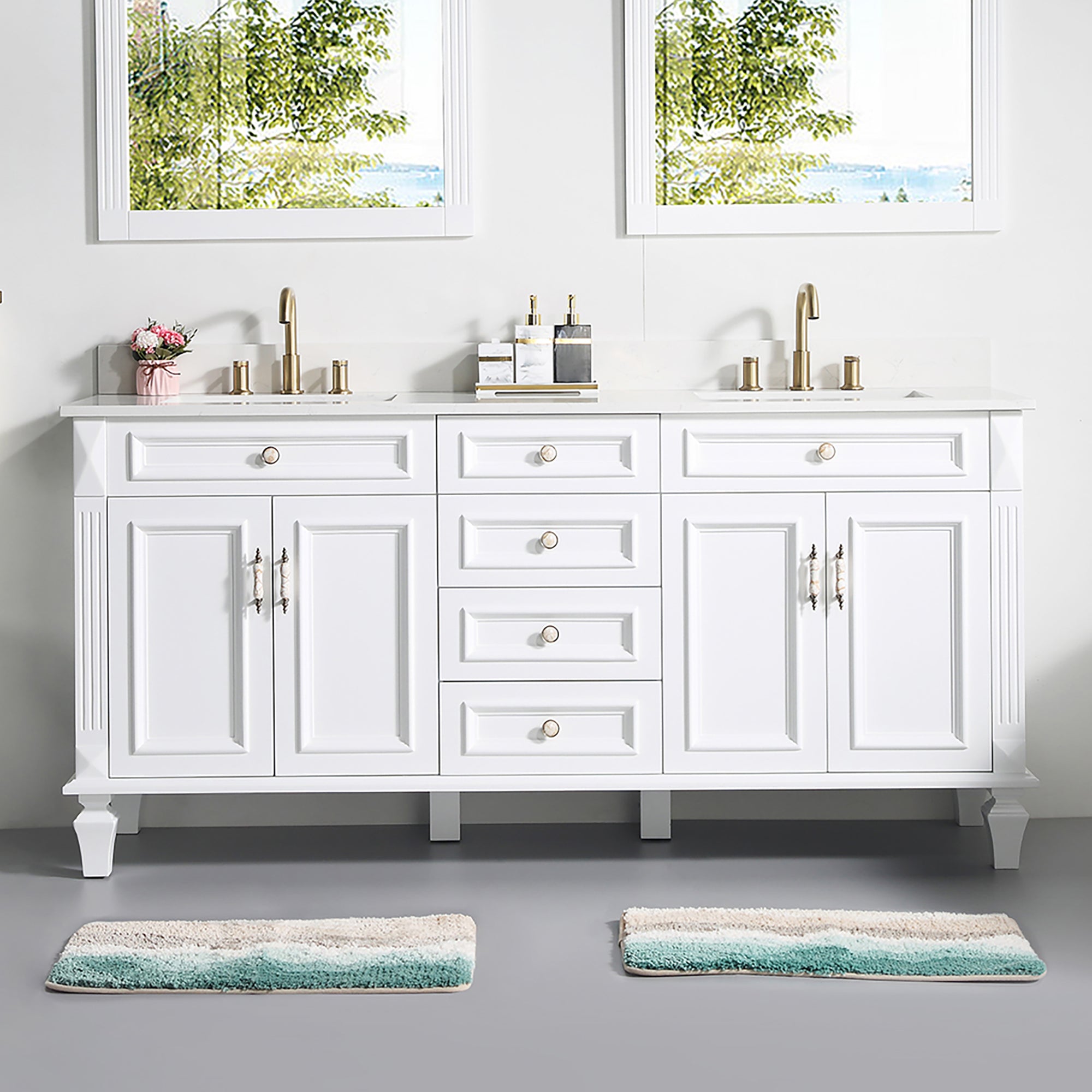
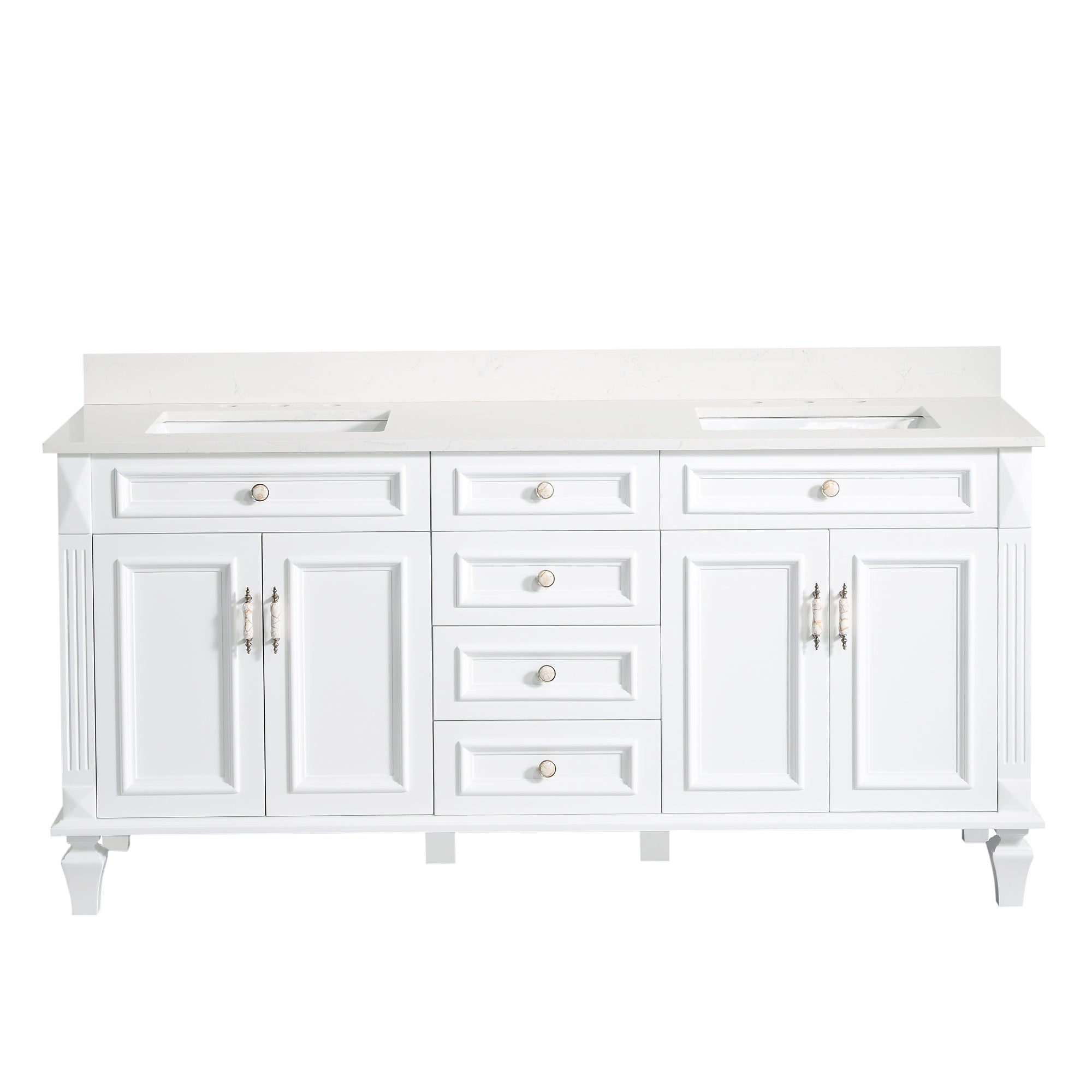
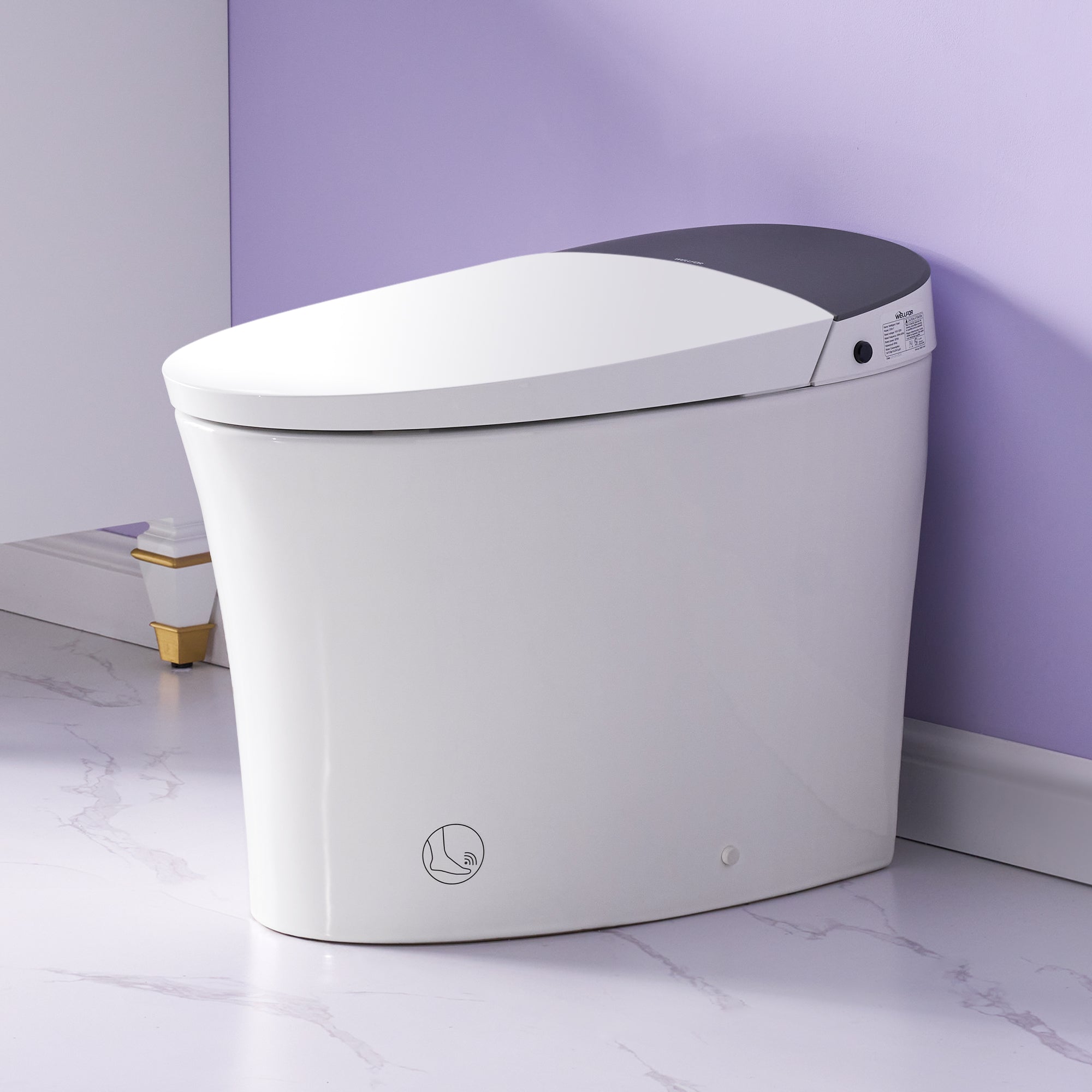
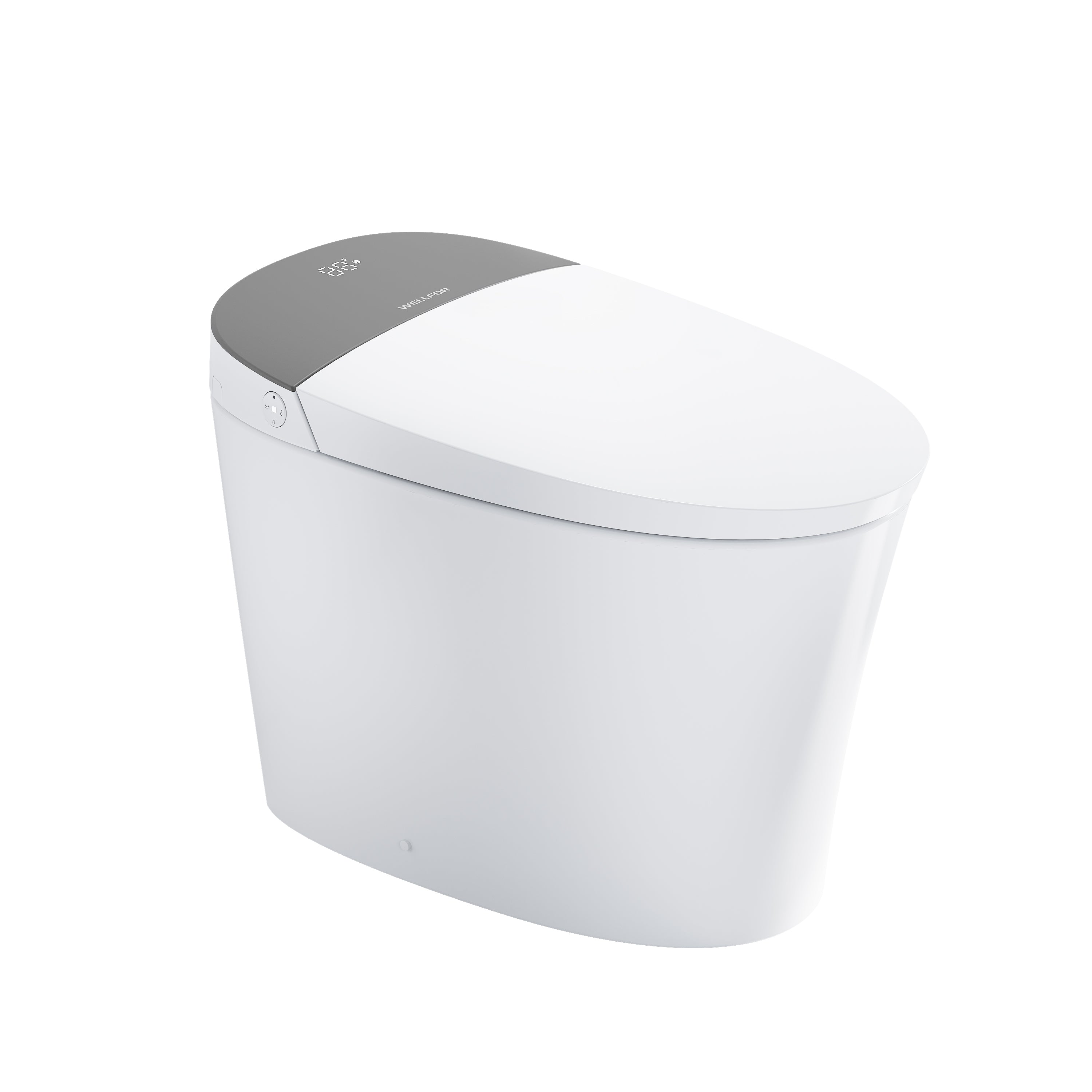

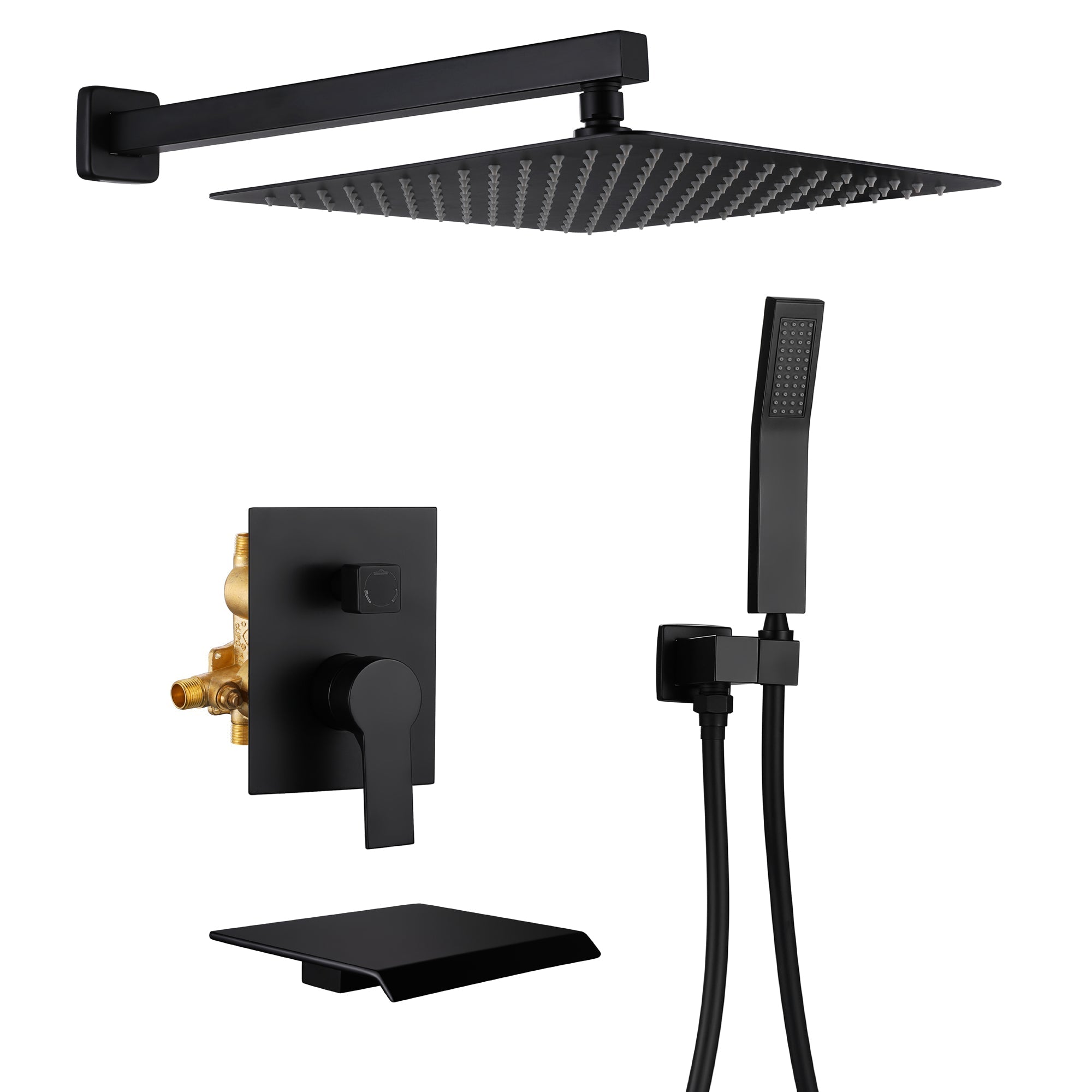
Leave a comment
This site is protected by hCaptcha and the hCaptcha Privacy Policy and Terms of Service apply.